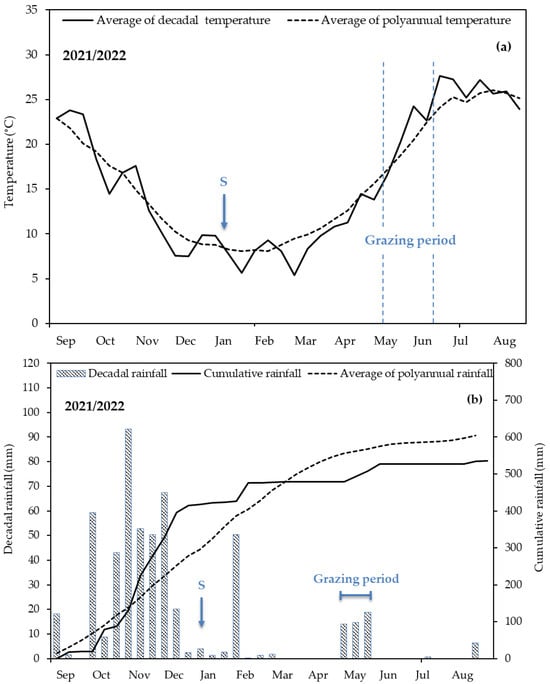Innovations for Sustainable Crop Production in the Mediterranean Region
A topical collection in Agronomy (ISSN 2073-4395). This collection belongs to the section "Horticultural and Floricultural Crops".
Viewed by 12792Editors
Interests: vegetable production; vegetable grafting; soilless cultivation; nutritional and nutraceutical vegetable fruit quality linked to cultivation conditions and practices; biofortification of leafy and fruiting vegetable crops, propagation of ornamental plants
Special Issues, Collections and Topics in MDPI journals
Interests: forage crops; fodder; grain legumes; sustainable systems; biodiversity
Special Issues, Collections and Topics in MDPI journals
Interests: biostimulants; biofortification; vegetables; soilless culture; vegetable grafting
Special Issues, Collections and Topics in MDPI journals
Topical Collection Information
Dear Colleagues,
The current Collection of Agronomy is devoted to the complex topic of pioneering and sustainable agriculture practices for securing crop yield and quality under favorable, sub- or supra-optimal and unfavorable growing conditions in the context of the Mediterranean environment. Contamination resulting from anthropogenic actions, such as industrialization, urbanization, and agriculture have substantially changed the Mediterranean climate by increasing the atmospheric concentrations of greenhouse gases. It is well known that by 2050 the negative effects of climate change on agriculture will cause an increase in world hunger by 30%. Agriculture is an economic sector of high importance, as it can meet the food needs of a growing world population and generate income. However, the application of high-input agricultural techniques in recent decades has caused a decline in soil fertility, increased land desertification, reduced the world's water resources, and contributed to the loss of biodiversity. By using unsustainable non-renewable energy resources, agriculture not only contributes to climate change but is also vulnerable to its effects. Therefore, innovations in production methods are needed to increase the sustainability of agricultural production. The goal of the current Topical Collection is to define the research state of the art in terms of environmental impacts in agriculture and to promote possible innovations to increase the sustainability of agricultural products. The Topical Collection will focus on tree fruits, field crops and greenhouse horticulture, medicinal plants and industrial crops, pathogen plant protection, and innovative approaches for agricultural water management in a climate change scenario.
In the current Topical Collection, we invite researchers and experts to contribute original research and opinions on sustainable greenhouse production systems for vegetable crops. Basic and applied research on climate change, biodiversity, Mediterranean food production, and enhancement of water resources and food safety are accepted. Contributions on economic aspects, sustainable crop production and consumption models, and emerging and re-emerging plant diseases in the context of climate change are also welcomed.
Dr. Leo Sabatino
Dr. Giuseppe Di Miceli
Dr. Beppe Consentino
Collection Editors
Manuscript Submission Information
Manuscripts should be submitted online at www.mdpi.com by registering and logging in to this website. Once you are registered, click here to go to the submission form. Manuscripts can be submitted until the deadline. All submissions that pass pre-check are peer-reviewed. Accepted papers will be published continuously in the journal (as soon as accepted) and will be listed together on the collection website. Research articles, review articles as well as short communications are invited. For planned papers, a title and short abstract (about 100 words) can be sent to the Editorial Office for announcement on this website.
Submitted manuscripts should not have been published previously, nor be under consideration for publication elsewhere (except conference proceedings papers). All manuscripts are thoroughly refereed through a single-blind peer-review process. A guide for authors and other relevant information for submission of manuscripts is available on the Instructions for Authors page. Agronomy is an international peer-reviewed open access monthly journal published by MDPI.
Please visit the Instructions for Authors page before submitting a manuscript. The Article Processing Charge (APC) for publication in this open access journal is 2600 CHF (Swiss Francs). Submitted papers should be well formatted and use good English. Authors may use MDPI's English editing service prior to publication or during author revisions.












